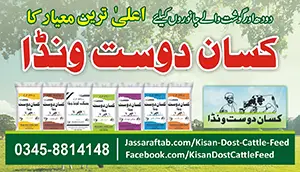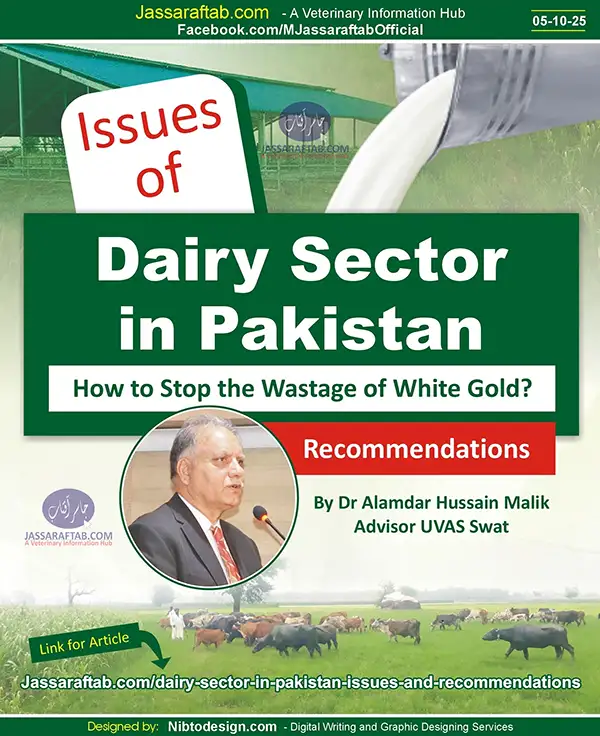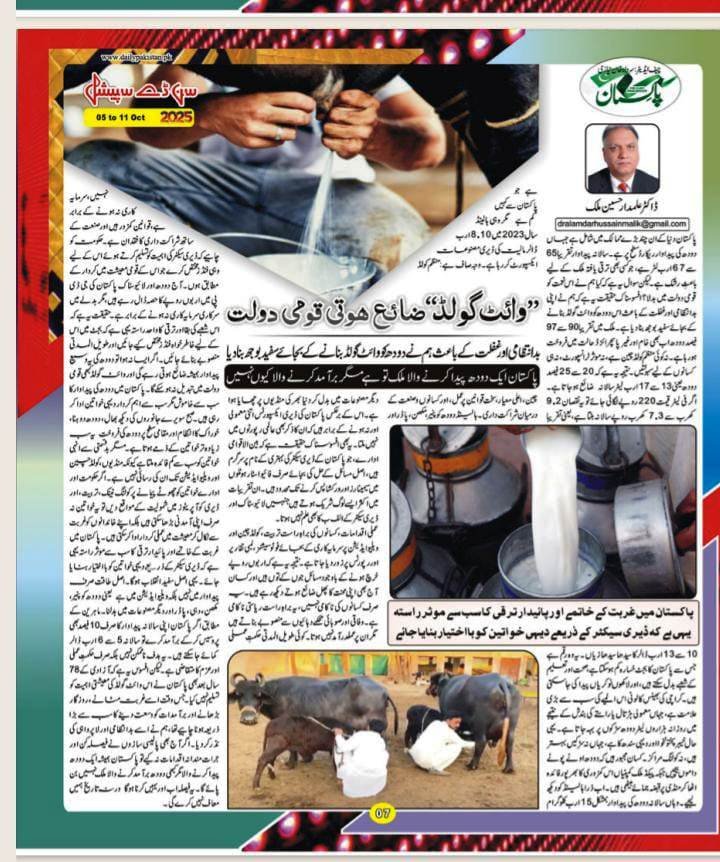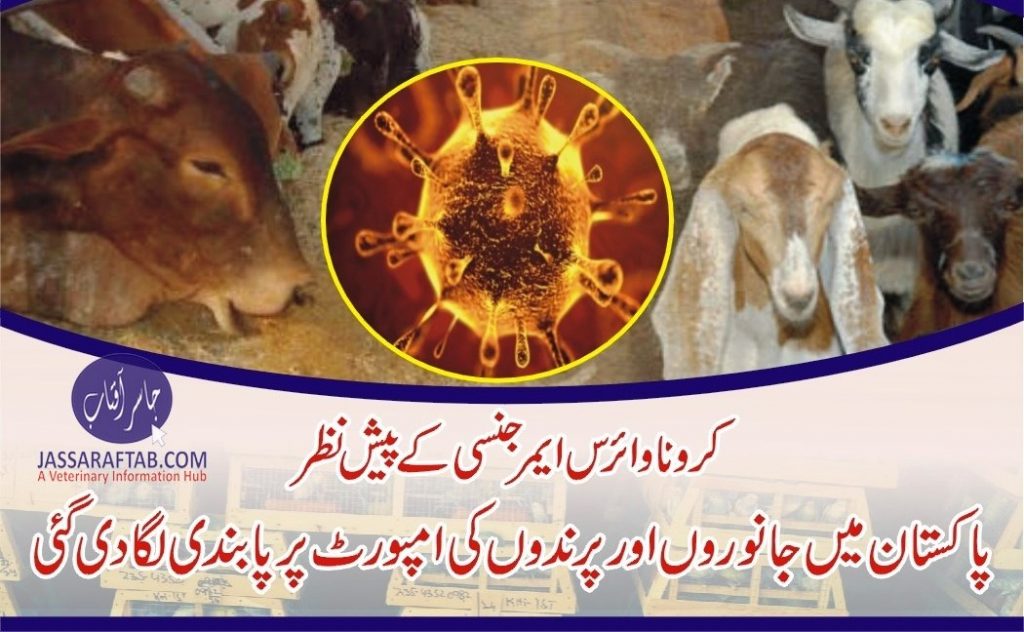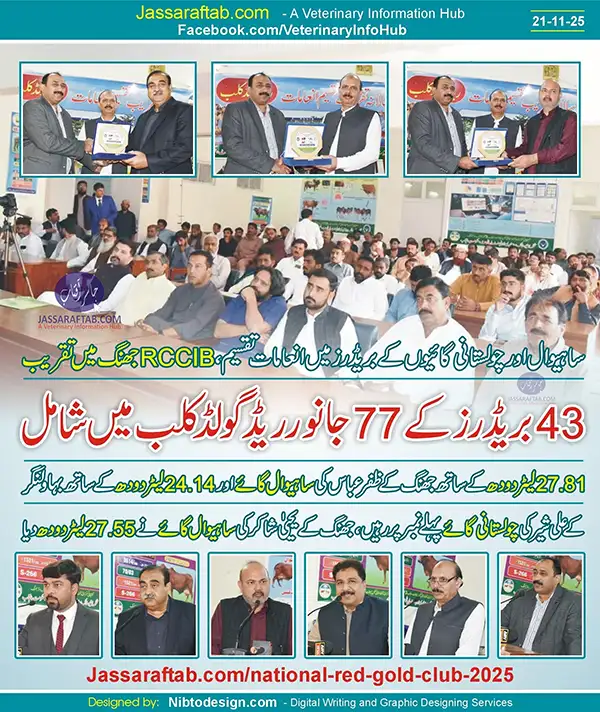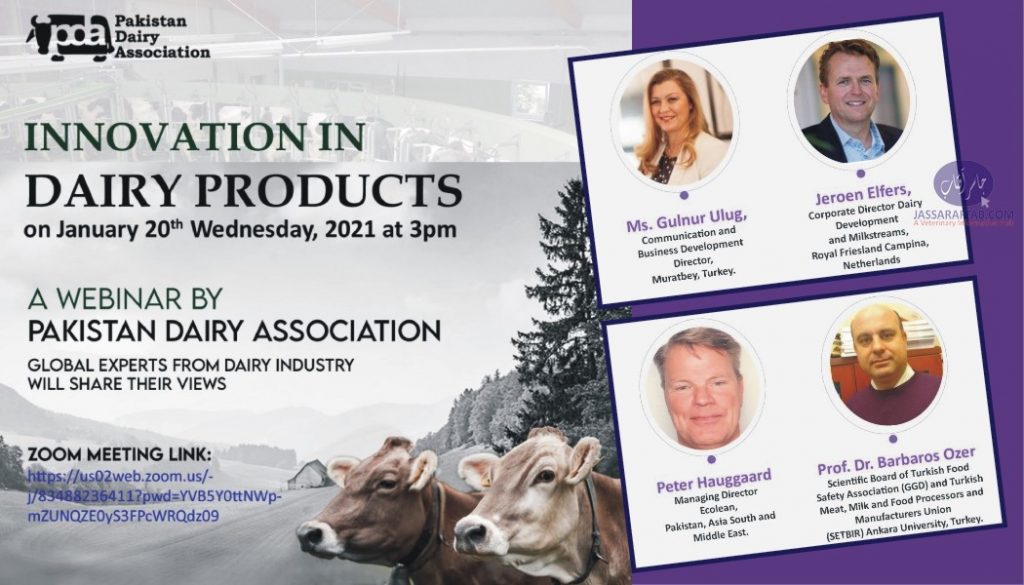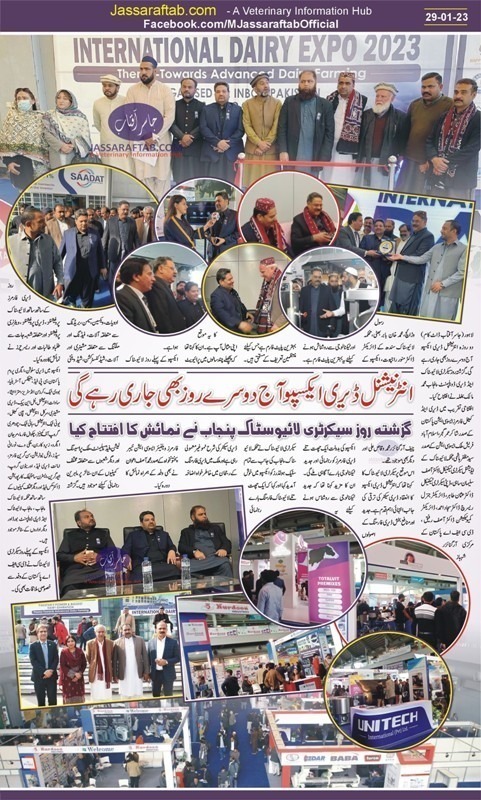Issues of Dairy Sector in Pakistan – How to Stop the Wastage of White Gold? Recommendations
Dairy Sector in Pakistan is facing a number of issues. Pakistan is one of the world’s largest milk-producing countries. But this blessing has not been converted into true national wealth. Every year, billions of liters of milk are wasted due to poor infrastructure, lack of cold chain, and weak government policies. Recommendations for the dairy industry of Pakistan to white gold are given here. This article is written by Dr. Alamdar Hussain Malik, Advisor, University of Veterinary and Animal Sciences (UVAS), Swat, and Ex Registrar Pakistan Veterinary Medical Council. See his profile here
Milk Production and Wastage
Pakistan is among the few major countries in the world where milk production is at a record level. The annual production is about 65 to 67 billion liters, which is a source of envy for any developed country. But the question is, have we converted this blessing into national wealth? The sad fact is that instead of making this milk white gold, we have turned it into a white burden. This is due to our mismanagement and negligence.
Detailed Milk Production and Livestock Data
About 90 to 97 percent of milk in the country is still being sold in raw and unpasteurized form. There is no organized cold chain, no efficient transport, no facilities for farmers. The result is that 20 to 25 percent of milk, or 13 to 17 billion liters, is wasted annually. If the price per liter is set at Rs. 220, this loss amounts to Rs. 2.9 trillion to Rs. 3.7 trillion annually, or a direct loss of about $10 to $13 billion. This is the amount that could reduce Pakistan’s budget deficit. Moreover, it can transform the health and education sectors and create millions of jobs.
Wastage in Karachi’s Buffalo Colony
Karachi’s buffalo colony is the biggest symbol of this tragedy. Thousands of liters of milk spill onto the roads as a result of a minor strike or road closure. The same is true of Khyber Pakhtunkhwa and rural Sindh, where there are no good roads or cooling centers. Farmers are forced to sell milk at rock-bottom prices. On the other side, packaged milk companies take full advantage of this weakness and capture the market.
Netherlands – An Example for Dairy Industry of Pakistan
Now just look at the Netherlands. The annual milk production there is barely 15 billion kilograms, which is much less than Pakistan. But the Netherlands is exporting dairy products worth $10.8 billion in 2023. The reason is clear: a well-organized cold chain, high quality, strict compliance with laws, and partnerships between farmers and industry. The Netherlands dominates markets around the world by converting milk into cheese, butter, powder, and other products. In contrast, Pakistan’s dairy exports are so insignificant and negligible that they are not even mentioned in global reports.
Failure of International Organizations and State Institutions
It is also a sad fact that international organizations, which are active in the name of improving dairy industry of Pakistan, are limited to holding seminars and workshops in five-star hotels instead of solving real problems. These events are often attended by people who do not even know the ABCs of livestock and the dairy sector. Instead of investing in practical measures, direct training of farmers, cold chain and value addition, emphasis is placed on photo sessions, long speeches and reports. The result is that despite billions of rupees being spent, the problems remain the same and farmers are still seeing the fruits of their labor go to waste.
This is not just a failure of the farmers and dairy industry of Pakistan; it is a direct state failure. Federal and provincial departments have been making plans for decades, but they are not being implemented. There is no long-term strategy, investment is negligible, laws are weak, and partnerships with the industry are lacking.
Government Support for the Dairy Sector in Pakistan
The government should recognize the importance of the dairy sector and allocate funds for it that are commensurate with its role in the national economy. Today, milk and livestock are contributing billions of rupees to Pakistan’s GDP, but in return, government investment is negligible. The reality is that the only way for this sector to survive and grow is to allocate sufficient funds for it in the budget and make long-term plans. If this does not happen, this vast production of milk will always go to waste and the white gold will never be able to be converted into national wealth.
Rural Women – The Silent Backbone of the Dairy Sector in Pakistan
Rural women are playing the most silent but most important role in milk production in Pakistan. They are the backbone of dairy sector in Pakistan. Taking care of animals in the early morning, milking, managing food and selling milk at the local level are all the responsibilities of most women. But unfortunately, these same women benefit the least because they do not have access to markets, cold chain, and value addition.
Discussion about Foot and Mouth Disease by Dr. Alamdar Hussain Malik
If the government and institutions provide women with small-scale cooling tanks, training, and opportunities to join dairy cooperatives, these women can not only increase their income but also play a practical role in the economy by lifting their families out of poverty. The most effective way to eradicate poverty and promote sustainable development in Pakistan is to empower rural women through the dairy sector. This will be the real white revolution and will also strengthen the dairy industry of Pakistan.
Value Addition – The Key to for Dairy Sector in Pakistan
The real power is not only in production but in value addition, i.e., converting milk into cheese, butter, yogurt, and other products. According to experts, if Pakistan processes and exports just 10 percent of its annual production, it can earn $5 to $6 billion annually. This goal is not impossible, but only requires strategy and determination.
Dairy Industry of Pakistan and Future
But unfortunately, even after 78 years of independence, Pakistan has not recognized the economic importance of this white gold. At a time when it should have been the biggest source of poverty alleviation, employment generation and expansion of exports, we have sacrificed it to mismanagement and negligence. If policymakers do not take decisive and bold steps even today, Pakistan will never become a milk-exporting country. This decision has to be made now and here; otherwise, history will not forgive us.
Livestock and National Economy – Interview of Dr. Alamdar Hussain Malik
Author Information
Dr. Alamdar Hussain Malik
Advisor, University of Veterinary and Animal Sciences (UVAS), Swat
dralamdarhussainmalik@gmail.com


